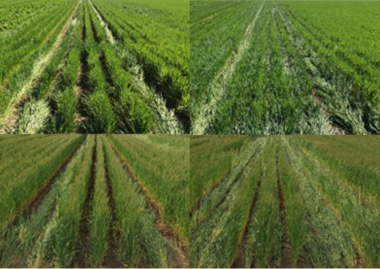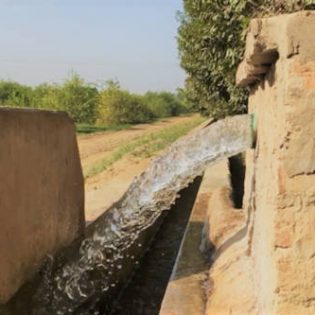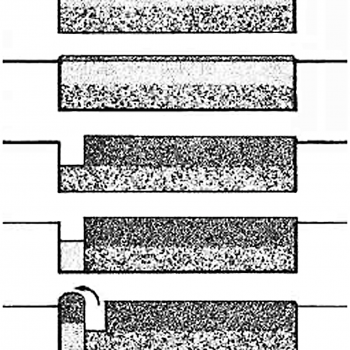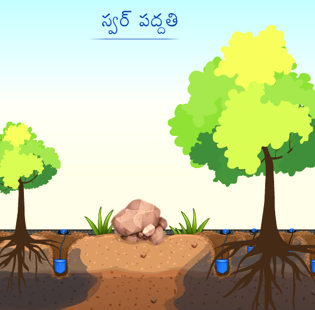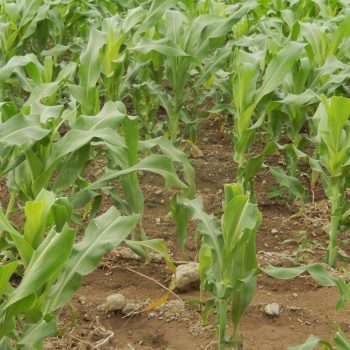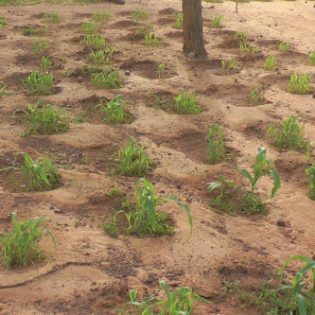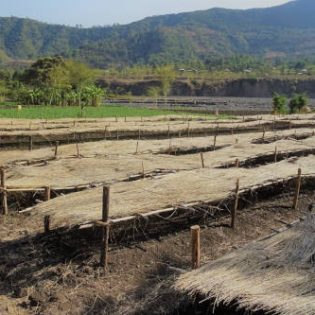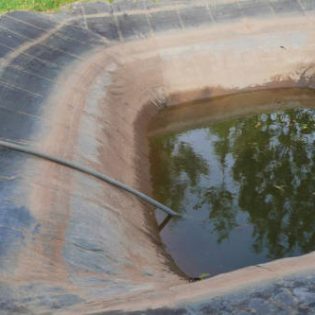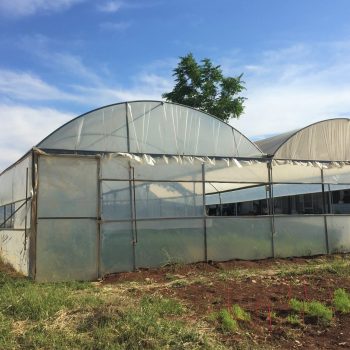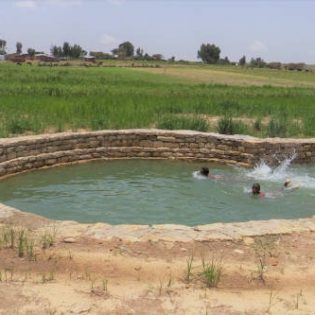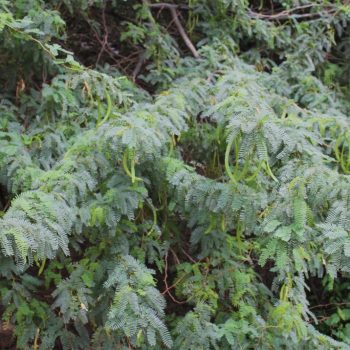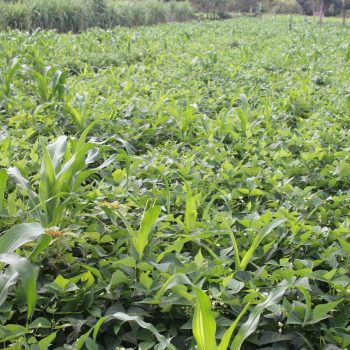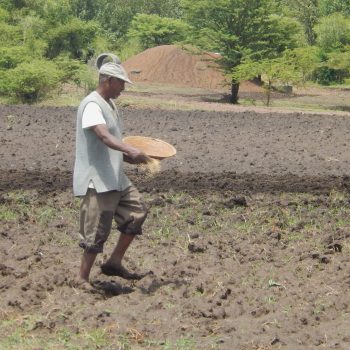A study by Yang et al. (2008) found that with increased row spacing, the relative humidity decreased, and the canopy temperature increased. They also stated that crop yield could be improved by reduced row spacing. Stickler & Laude (1960) found that the soil temperature, light intensity, and evaporation from the soil surface decreased with decreasing row width . So, the closer the rows, the lower the soil temperature and evaporation rates. Denmead et al. (1962) estimated that photosynthesis in corn might be increased by 15-20% if closer row spacings were used to eliminate ground illumination and increase energy capture by the crop. By smaller row spacings, soil moisture can be conserved by reducing evaporation through denser canopy cover with close spacing (Dhaliwal et al., 2019). A study from Sandhu and Dhaliwal (2016) on row spacing and relative humidity profiles within crops found that the smaller the row spacing, the higher the air humidity on crop level. Any yield advantage to growing crops in narrow rows may result from establishing a more uniform root and leaf distribution that aids in exploiting soil water and light resources and reducing soil temperatures and evaporation compared with crop production in conventional rows (Sharratt & McWilliams, 2005). However, Aubertin & Peters (1961) showed that when narrow crop row spacing was conducted under moisture shortage conditions, radiant energy’s efficient capture may lead to significantly increased transpiration and, hence, to severe wilting.
Additional information
| Agriculture | Flood/spate irrigated, Irrigated, Rainfed (Crop) |
|---|
